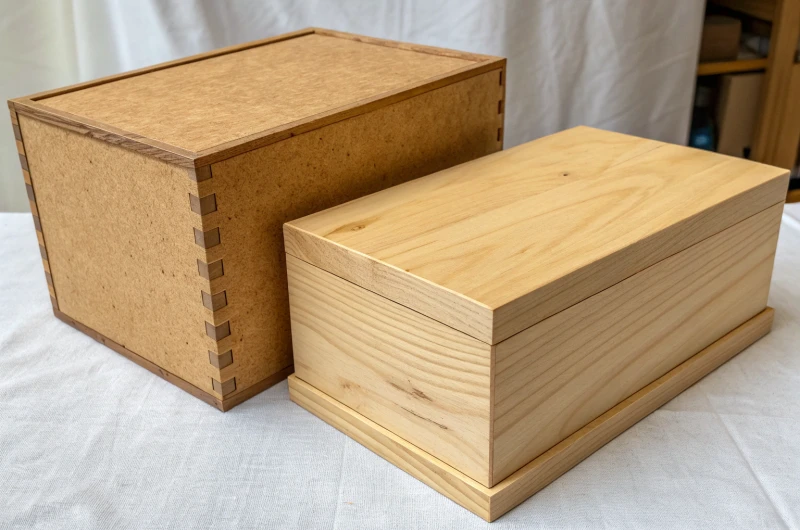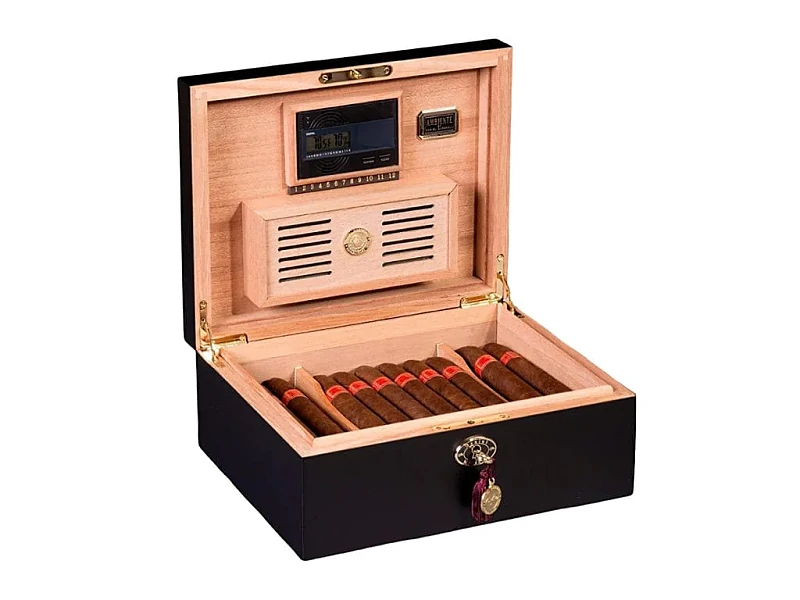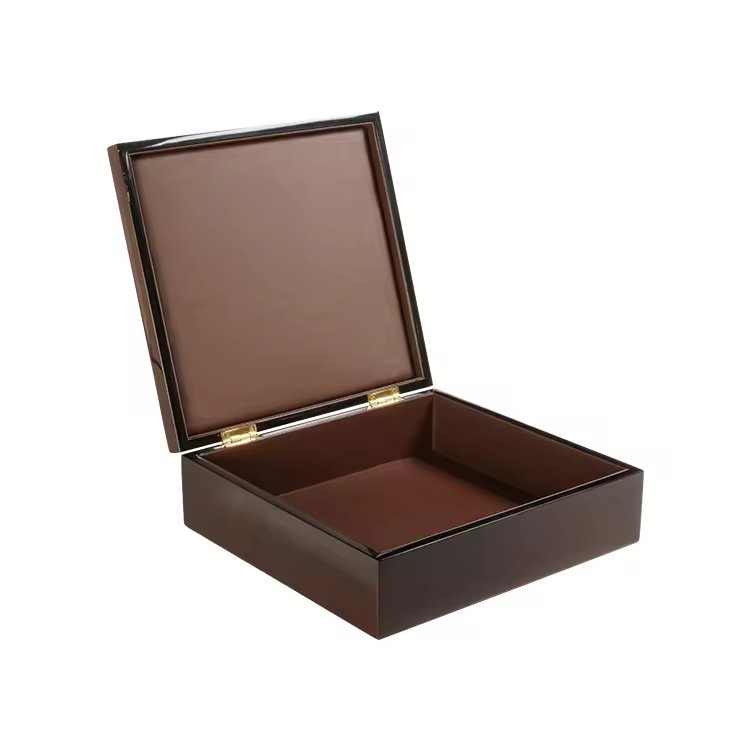
Personalization is often treated as a final manual step, but this creates errors and inefficiency.
Systematic workflows, digital engraving, coding databases, and structured QC ensure personalized wooden boxes scale reliably without losing luxury value.
I will explain how I build systems to make personalization part of smooth production.
Why is a structured personalization workflow more reliable than ad-hoc manual handling?
Manual handling feels flexible, but in mass production, it quickly causes confusion.
A structured workflow sets fixed stages for personalization, ensuring accuracy and preventing random errors or skipped units.

In one cigar box project, a client wanted limited edition numbering. At first, the team added numbers at the end by hand. The result was chaos—two duplicate numbers and one missing. After that, I introduced a structured workflow where personalization happens in a defined stage with cross-checks.
Why structure wins
- Prevents duplication through organized sequencing.
- Keeps personalization traceable in documentation.
- Allows QC teams to check numbers at the right stage.
By embedding personalization into workflow charts, I avoid random errors that damage client trust.
How can digital engraving and printing technologies ensure accuracy in numbering and signatures?
Engraving and printing can now be fully digitized, making personalization repeatable and accurate.
Laser engraving, CNC routing, and UV digital printing allow numbering and signatures to be applied with exact control and no handwriting mistakes.

When producing watch boxes, I use laser engraving for numbering. The system reads a preset list, and each box receives its assigned number without human error. For signatures, I scan the original autograph and engrave or print it digitally, preserving authenticity while scaling production.
Technologies I rely on
| Methode | Bester Anwendungsfall | Vorteil |
|---|---|---|
| Lasergravur | Serial numbers, QR codes | Permanent, precise, durable |
| CNC routing | Deep carving for signatures | Consistent depth and alignment |
| UV digital print | Colored logos, autographs | Flexible, fast, multi-color |
By automating personalization, I align luxury with consistency.
What database or coding systems can track and match each box with its unique identifier?
Without tracking, personalization can slip out of control.
Databases and coding systems map each number or signature to a specific box, avoiding duplication or skipped units.
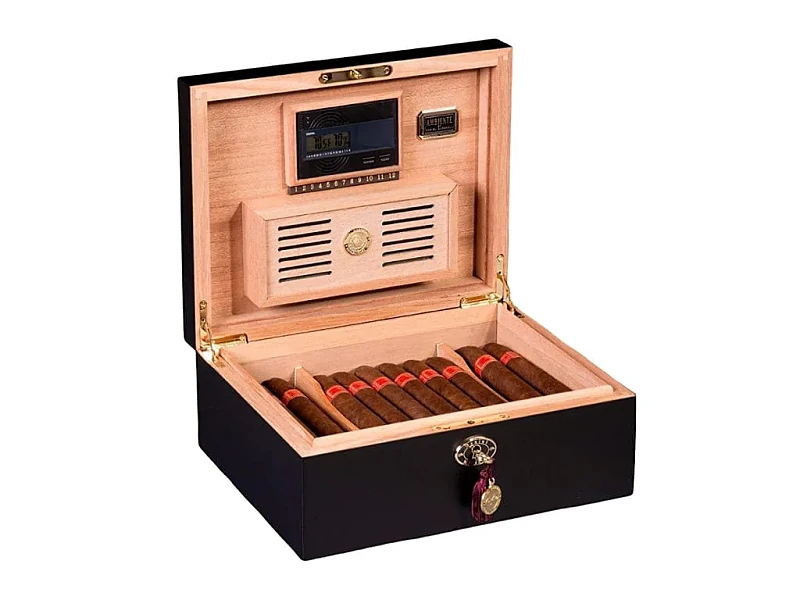
I often create an Excel or ERP-based list where every box ID matches its engraved or printed element. For larger projects, QR codes or barcodes are linked to this database. This way, I can trace each box from production to packaging.
Benefits of database-driven control
- Guarantees all numbers are used once.
- Makes audits simple with digital proof.
- Links production with client reporting.
This structured approach transforms personalization into a controlled system, not a gamble.
How can personalization be integrated into the production line without slowing efficiency?
Clients fear personalization means extra cost and delays, but proper integration prevents this.
By embedding personalization into the production flow, each box gets customized without disrupting efficiency.
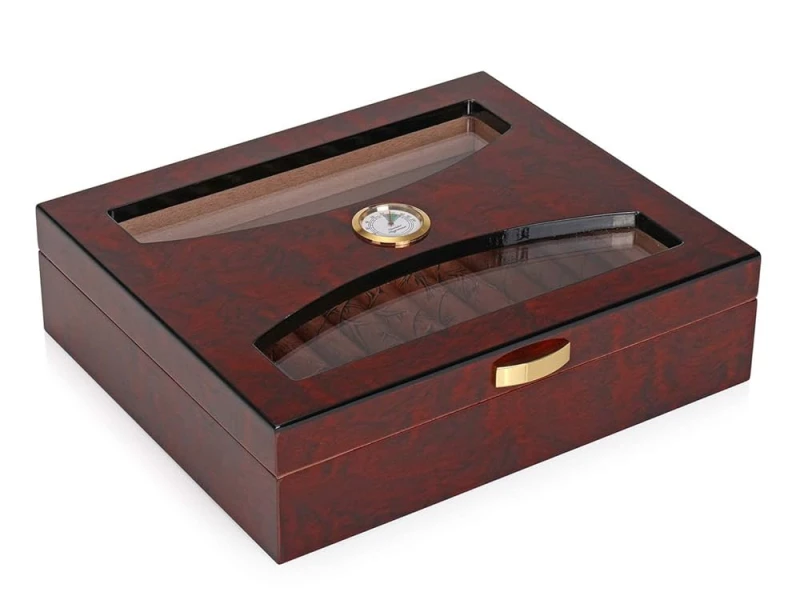
For example, I position the engraving station after final sanding but before lacquer curing. This ensures smooth surface quality while avoiding rework. UV printing can be placed right after interior lining. When placed smartly, personalization becomes just another step, not a bottleneck.
Integration methods
- Schedule engraving/printing in batches to match assembly flow.
- Use automation tools that handle personalization continuously.
- Train specific staff to manage this stage with speed and accuracy.
This way, efficiency remains high, even with thousands of personalized units.
What quality control measures are needed to prevent duplication or missing numbers?
Even the best systems can fail without QC checks.
QC must verify numbering sequences, cross-check with databases, and confirm every box carries its unique element.
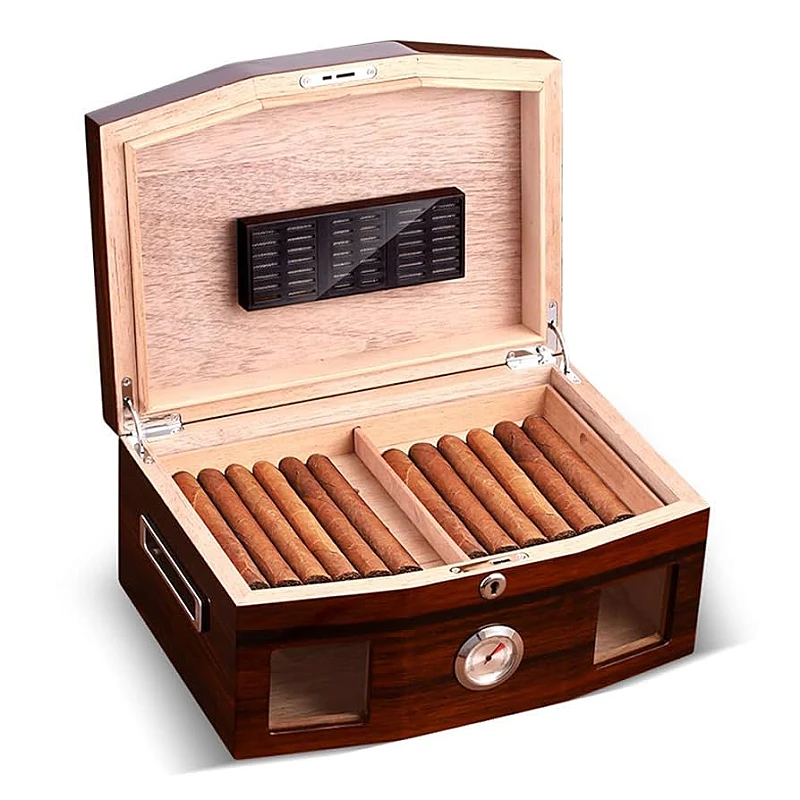
In one project, I introduced a three-step QC: first, check numbers after engraving; second, cross-check sequence during packaging; third, provide clients with a master numbering list. This ensured no gaps or duplication.
QC focus points
- Sequence checking (1 to N numbers).
- Alignment and depth of engraving.
- Database reconciliation with physical units.
These measures transform personalization into a guarantee, not a risk.
How does systematic personalization enhance both brand value and client trust in large orders?
Personalization is more than decoration—it creates emotional connection.
Systematic personalization shows professionalism, builds client confidence, and turns each box into a unique luxury piece.

Luxury brands I work with often market “No. 1 of 500” or “Signed Limited Edition” as part of their storytelling. When I show them a controlled system that guarantees authenticity and sequence, they trust me more and pass that trust to their customers.
Value added by systematic personalization
- Builds exclusivity through limited numbering.
- Reinforces brand storytelling with signatures.
- Creates a transparent record for client verification.
Clients see not just a supplier, but a partner who protects their luxury promise.
Schlussfolgerung
Personalized wooden boxes can be scaled without error when manufacturers use structured workflows, digital tools, databases, and strict QC systems.
Markenname: WoodoBox
Slogan: Maßgefertigte Holzkisten, handwerklich perfekt gefertigt
Website: www.woodobox.com
WhatsApp: +86 18359265311

